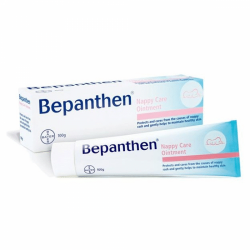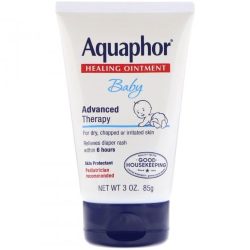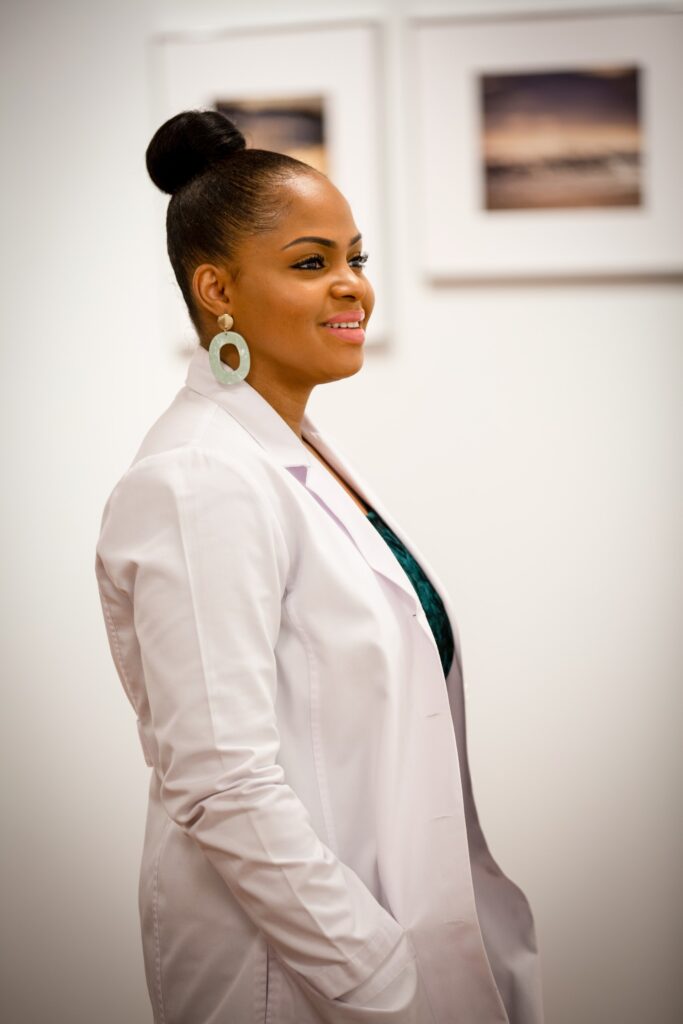Nappy rash also known as diaper rash is characterized by red patches on the baby’s bottom, or the whole area may be red. Their skin may look sore and feel hot to touch, and there may be spots, pimples, or blisters. The rash is usually confined to this area but can spread to the stomach or back.
What is a nappy rash?
Nappy rash is commonly seen in babies 2 years and under, with a peak incidence at age 9-12 months. This corresponds with the introduction of solids and a change in the acidity of their poo, and when they spend most of their time sitting.
Nappy rash can vary in severity from mild redness to red-raw, blistered skin. As well as the rash, your baby will likely cry or appear uncomfortable or irritable during nappy changes.
How does nappy rash occur?
Nappy rash can be caused by:
- your baby’s skin being in contact with wee or poo for a long time
- the nappy rubbing against your baby’s skin
- not cleaning the nappy area or changing the nappy often enough
- soap, detergent, or bubble bath
- alcohol-based baby wipes
- your baby recently taking antibiotics
- Introduction of different foods: commencing solids or foods with high acidity can cause changes to your baby’s poo.
Nappy rash prevention ABC’s
A – Air the bottom – nappy free time will reduce the contact of urine and poo with your baby’s skin and allow the skin to heal.
B – Barrier cream – Barrier creams can help treat and prevent nappy rash. Look for a cream with zinc oxide like Sudocrem. Carefully read the label of all nappy products so you know what the cream is made of and what substances will be in contact with your baby’s skin. Other Nappy Rash barrier creams available at Portal Pharmacy include: Bepanthen, Aquaphor Healing Ointment, Cetaphil Baby Soothe, and Protect Cream.
C – Clean – Clean gently with cotton balls or a soft cloth and lukewarm water.
D – Dry – Pat dry. Avoid wiping as this friction can damage your baby’s skin. If you use cloth nappies, consider using disposable nappies while your baby is suffering nappy rash as these may be more effective at drawing moisture away from the baby’s skin.
E – Education – Learn about what nappy rash looks like and how to treat it. Ask your doctor, health professional, or other parents for different tips and tricks to prevent nappy rash.
F – Frequent changes – Regular nappy changes are recommended, especially after poos.
Consult your doctor or health professional immediately if you have any concerns, or where:
- Your baby is unwell or not themselves;
- Your baby is not feeding or drinking as usual;
- Your baby is not producing as many wet nappies;
- Your baby’s rash is getting worse or looks infected (pus-filled sores or blisters);
- The rash has not resolved after 2-3 days.
Your doctor or health professional may prescribe an antifungal ointment if a yeast infection is diagnosed, or antibiotics if there is evidence of bacterial infection. Steroid ointments may also be recommended if your baby’s skin is severely inflamed.
We hope you find this article helpful. Please note the content is of a general nature and for information purposes only. It is not intended to be a substitute for professional advice, diagnosis, or treatment from a doctor or health professional.
If you have any tips or advice you’ve found useful, please share them with us on our Facebook page or in the comments section below.




